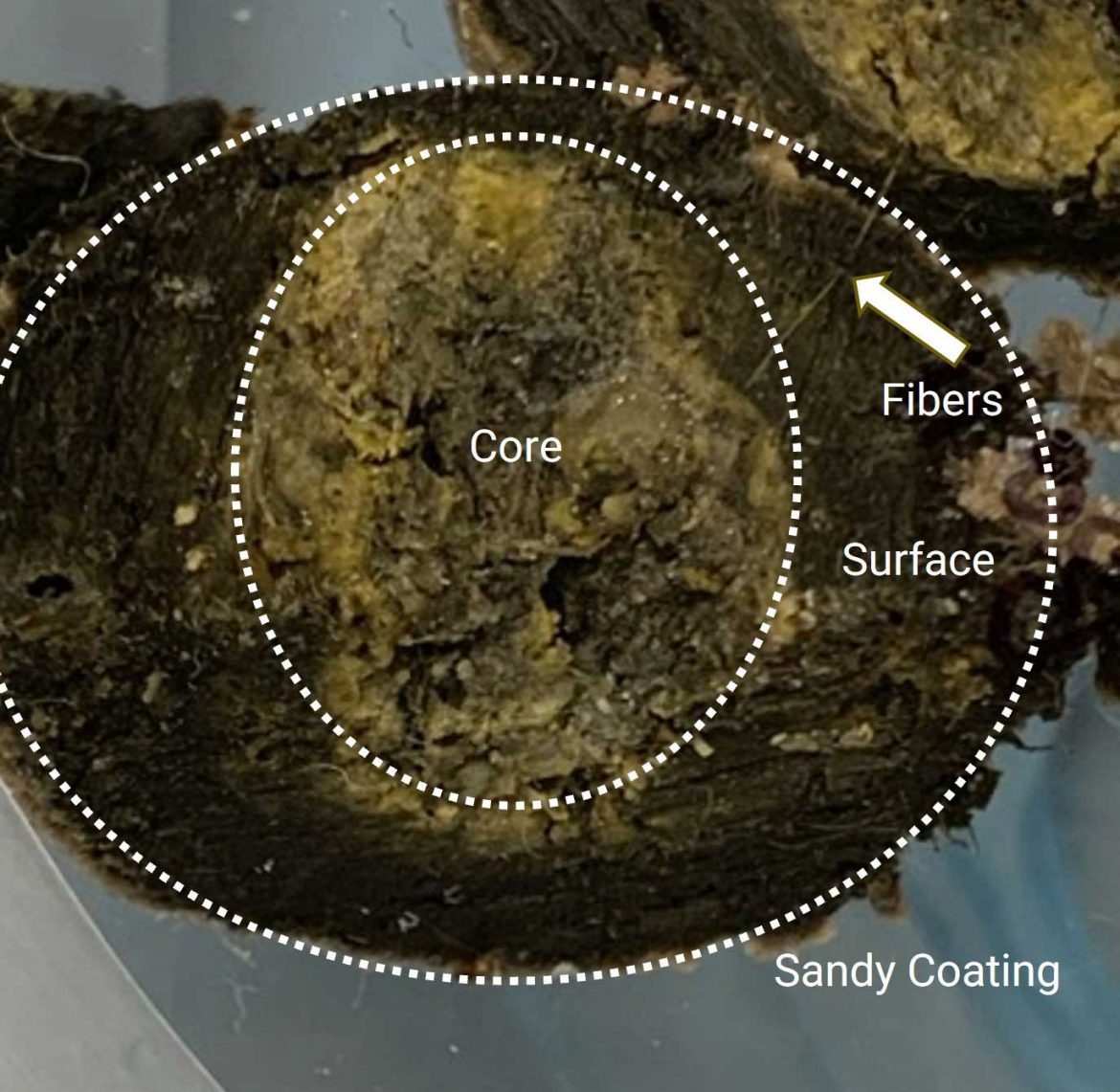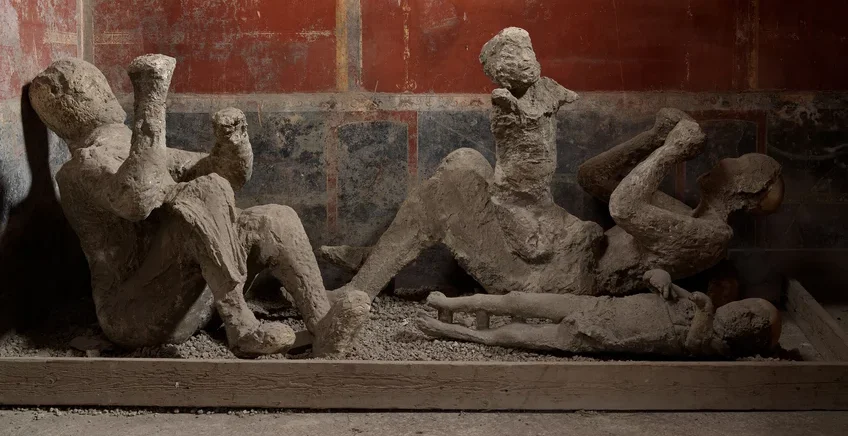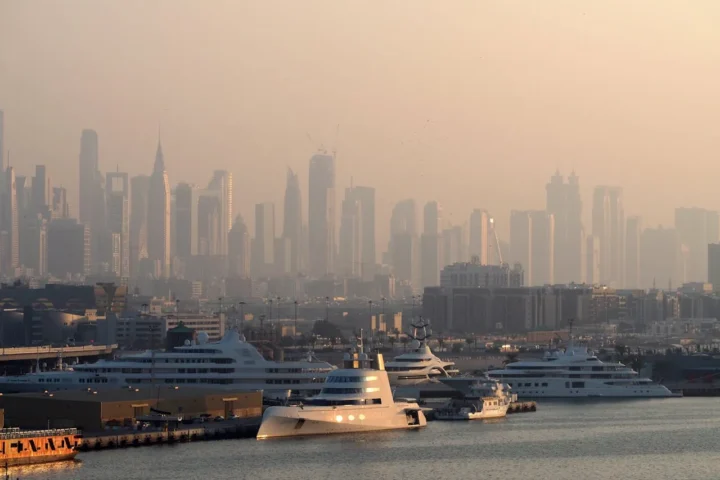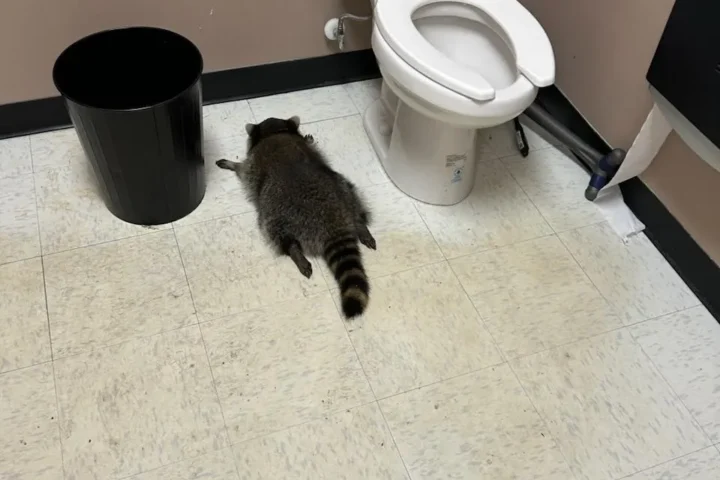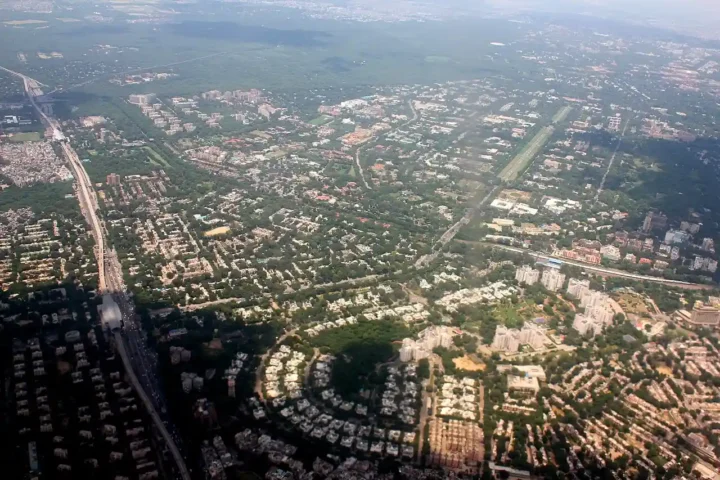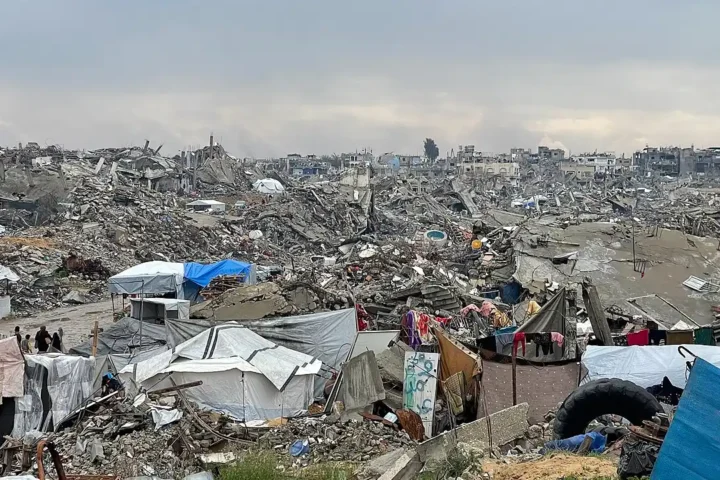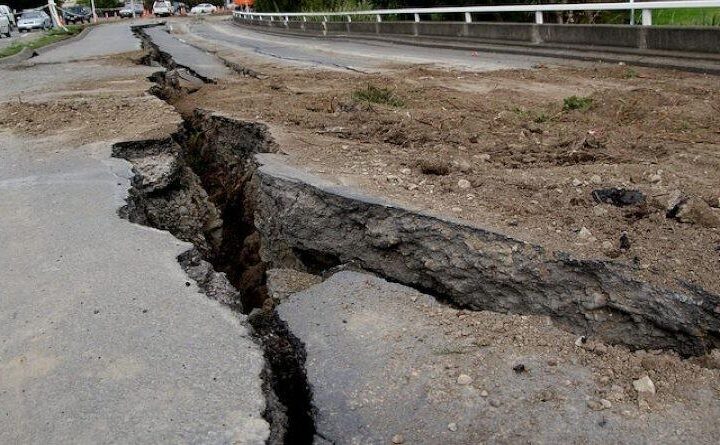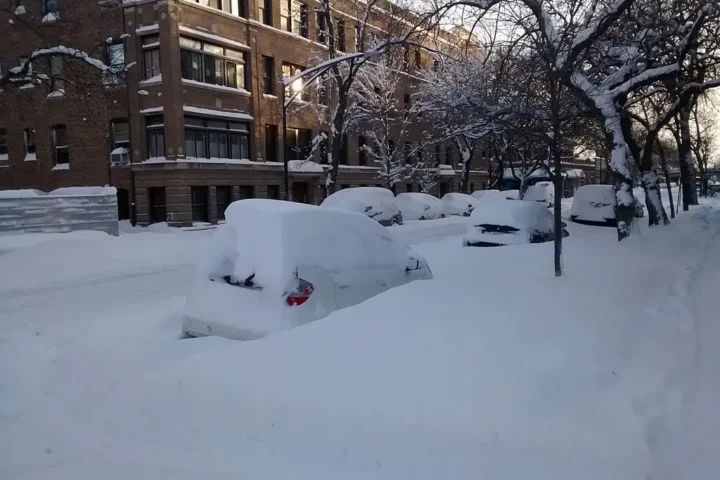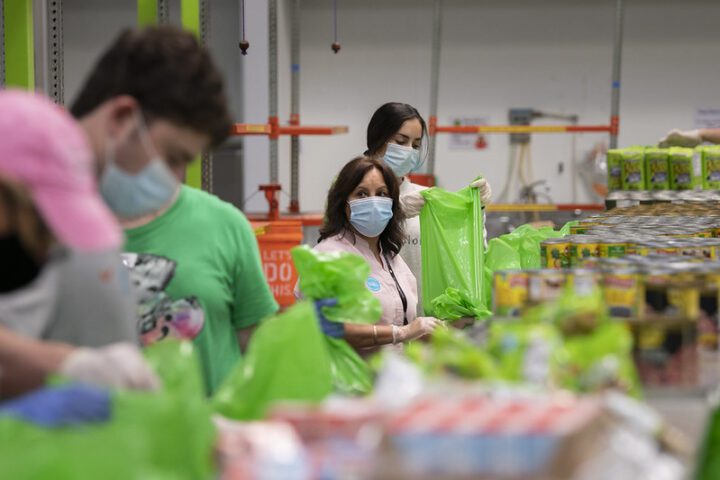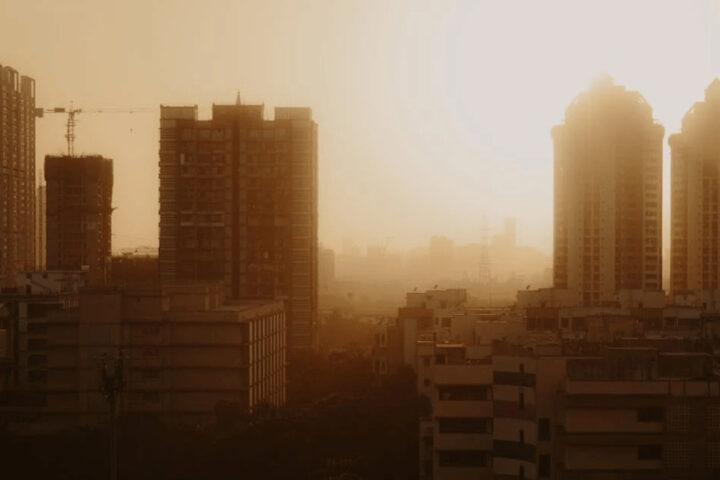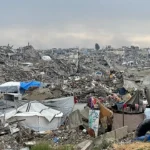A multidisciplinary team of scientists has made significant advances in understanding the origins of the mysterious black balls appearing on Sydney’s beaches (Australia).
A few weeks ago, thousands of round and sticky balls appeared on the shore after lifeguards first detected them at Coogee Beach, leaving scientists with a series of questions about the origin and formation of the waste.
“Our analyses show that the material is not natural and cannot be attributed solely to an oil spill. It is more consistent with human-generated waste,” said Associate Professor Jon Beves of UNSW’s (University of New South Wales) School of Chemistry, who led the research, in a statement.
The research used a combination of standard and advanced chemical analytical techniques to reveal the material’s composition and potential sources.
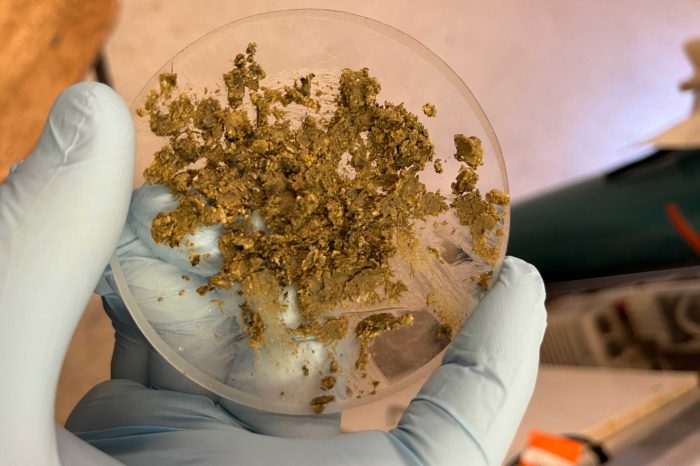
“We found that the sticky spheres contained hundreds of different components, including molecules derived from cooking oil and soap residues, PFAS chemicals, steroid compounds, antihypertensive medications, pesticides, and veterinary drugs,” says Professor Beves.
Radiocarbon dating of the samples indicated that the spheres’ interior contained approximately 70% modern carbon and 30% fossil carbon, while the surface was composed of approximately 85% modern carbon and 15% fossil carbon. Modern carbon includes carbon derived from plants and animals, unlike fossil fuels.
The joint efforts of the research teams revealed that the dark, sticky material was composed of a complex mixture of fats, oils, calcium, and other metals, inconsistent with typical fuel or oil spills at sea.
The team also used advanced analytical techniques to characterize the material.
Elemental analysis, X-ray fluorescence (XRF), and energy-dispersive X-ray spectroscopy (EDS) revealed significant levels of calcium and lower levels of other metals. “While we’re still not certain of the exact form of calcium in the samples, its presence suggests they could be combining organic components to form stable, water-insoluble solid masses,” says Professor William Alexander Donald, an analytical chemist involved in the research.
Spectroscopy tests evaluated the absorption and emission of light to reveal atoms and molecules in a sample. One type of spectroscopy, known as Fourier Transform Infrared (FTIR), matched functional groups in the black balls with those found in soap residues and cooking oil, reinforcing the presence of domestic waste materials.
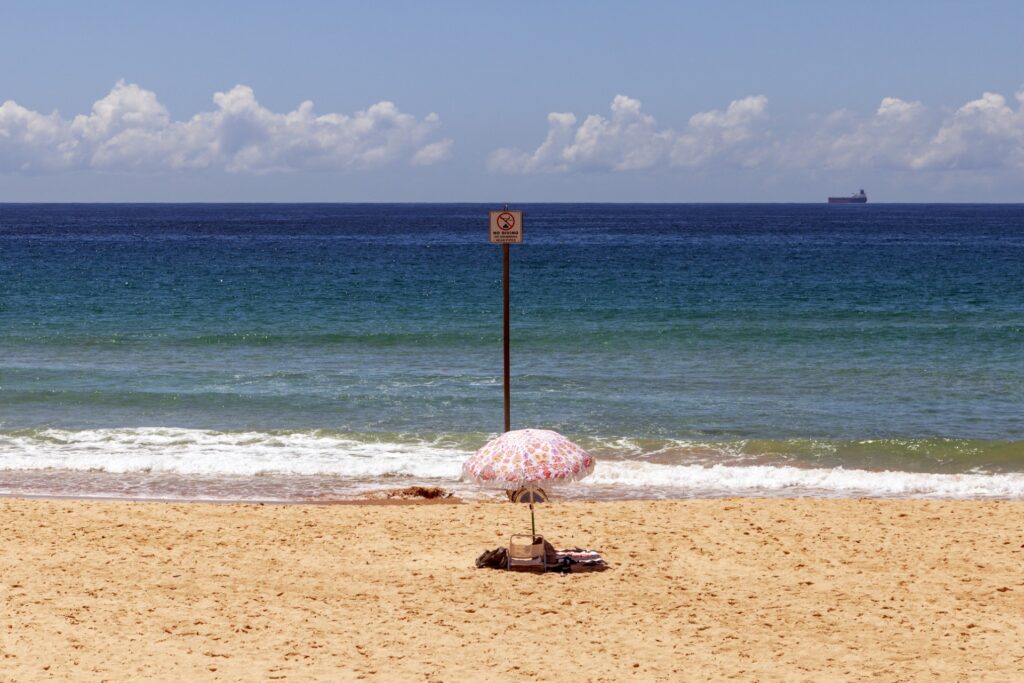
This also matched with nuclear magnetic resonance (NMR) data from the organic soluble part of the balls, which was consistent with fatty acids and olefins found in cooking oils and soap.
The team also used a variety of mass spectrometry techniques to identify a wide range of chemical components.
Similar Posts
The analyses revealed the presence of alkanes typical of diesel fuel, fatty acids, and other compounds commonly found in used cooking oils and soap. Additionally, perfluoroalkyl substances (forever chemicals known as PFAS), steroid compounds, antihypertensive medications, pesticides, and veterinary drugs were detected, consistent with contamination from wastewater and industrial runoff.
Human fecal waste markers were also identified, such as epicoprostanol and recreational drug residues like THC (from marijuana) and methamphetamine, consistent with contributions from domestic sources.
The presence of fats, oils, and high levels of calcium in the black balls suggests they could potentially be related to fat, oil, and grease (FOG) stains that commonly form in sewage systems.
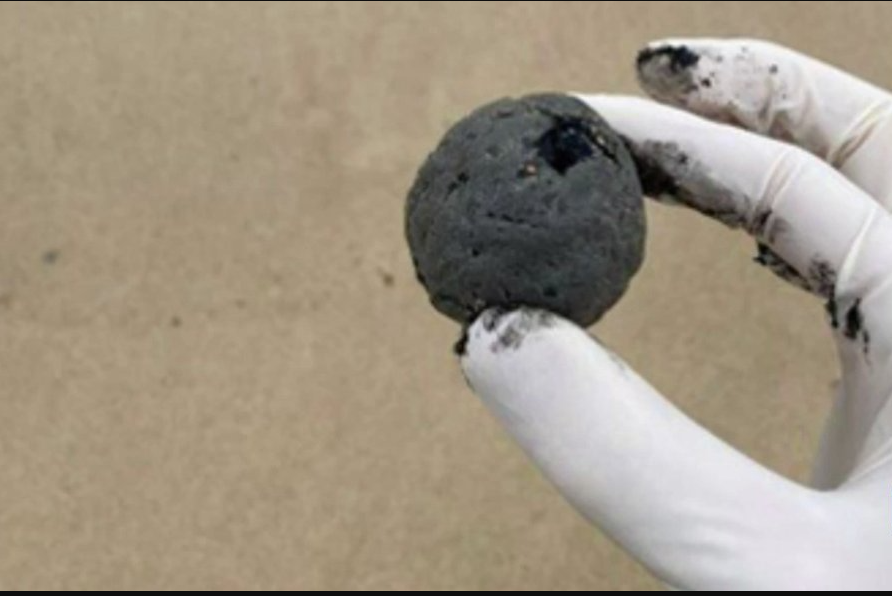
Chemically, grease stains can form through supramolecular self-assembly, where fatty molecules group together through weak non-covalent interactions.
Calcium and other metallic elements are known to enhance this stain formation process by binding to fatty acids and forming aggregates that don’t dissolve in water (soap scum). These masses can become dense and stable, particularly when fats come into contact with cold water, leading to the creation of sticky stains.
The exact origin of the current-driven balls remains uncertain, but the results emphasize the need for continued monitoring and surveillance to identify them.
The mayor of Randwick district – in eastern Sydney – Dylan Parker, indicated that Gordons Bay and Coogee beaches will remain closed until further notice.
Authoritisrites have delegated cleaning crews that have been actively removing debris from the beaches.
Conservationists are anxious that marine animals, such as turtles or humpback whales, can be affected by this waste if they ingest it.
“Tar balls can persist for long periods in the marine environment, and even small amounts can disrupt entire food chains, affecting everything from plankton to larger predators,” the organization stated from their Facebook profile.
The lead UNSW researcher, Associate Professor Jon Beves, commented that the black balls have an “absolutely repugnant smell, worse than anything you’ve ever smelled.
